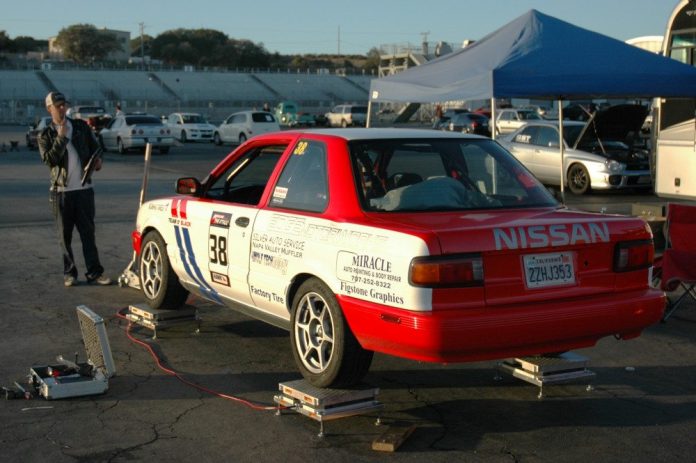David's MTB Spring Rate Calc
Inputs
How to figure out your bike's leverage ratio curve
- Get it directly from the manufacturer (see MY20 Transition Scout or Nicolai G1)
- Pinkbike's "behind the numbers" series (see MY20 Santa Cruz Megatower)
- Antonio Osuna's LinkageDesign page (see MY20 Specialized Enduro)
- Model your frame using LinkageX3
- Measure it directly on your frame (requires tools/knowledge... guide coming soon)
How it works
The script of the constant leverage ratio calculator works as follows.
- Compute rear axle sprung weight in pounds from rider/bike weight and geometry.
Assumes % Rear = (1- chainstay/wheelbase) - Compute shock gas force and preload
- Compute how much shock stroke in inches is used with the computed rear weight value.
(spring rate)*(sag) + gas force + preload = (rear sprung weight)*(avg LR)... solve for sag - Compute summary statistics from that sag value (sag in %, wheel rate, bottom out, natural freq, etc..)
The script of the linear leverage ratio calculator works the same, except the "avg LR" in the equation is swapped for LR at that specific stroke value.
Because the LR changes as a function of shock stroke, an iterative solver is used to solve the equation. As of now a linear leverage ratio slope (defined by % change and average ratio) is assumed to make input easier. In the future, there will be an input table for leverage rate curve if you know that info.
MTB Suspension Setup Notes
Computing Rear Axle Weight
The best way to measure this is with a set of scales (as is done for cars)

Some simple assumptions can be made with rules of thumb, (60% XC, 65% Enduro, 70% DH), or from bike geometry/rider position ( 1 - Chainstay/Wheelbase = % Front assuming weight centered over BB)
"Progressivity"
Progressivity is a common term that appears in "MTB media". I typically see it referenced as the percent change of the leverage ratio curve from top out to bottom out. This works as a great metric for the rising rate nature of a suspenion linkage if there is a roughly linear leverage ratio curve. With nonlinearities, 2 linkages with idential % progressivity can have different force/displacement curves with the same spring.
To calculate, find the leverage ratio at top out and bottom out.
Then compute % Progressivity = (Starting LR - Ending LR)/ Starting LR.
Gas Force
All traditional IFP or bladder style dampers use a gas charge to take up shaft volume. The gas acts as an air spring. This calculator assumes a typical size IFP chamber and shaft diameter if you don't input anything. It also assumes constant gas force over stroke, because modeling IFP volume is difficult without the CAD models of the shock or detailed measurements. As I rebuild shocks and mreasure them I'll add that data in. Please message me if you can measure your shock for me.
Some Examples
| Shock | Shaft Diameter | IFP Pressure |
|---|---|---|
| Fox DHX2 (2017-2020) | .354" (9mm) | 150psi |
| Fox DHX2 (2021) | .375" | 100psi |
| EXT Storia and Arma V3 | .551" (14mm) | 55psi |
| RS Super Deluxe Coil | .5" | 250psi |
| DVO Jade | .551" (14mm) | 180psi |
| Marz Bomber/Fox VAN | .5" | 300psi |
| Cane Creek DB | .315" (8mm) | 90psi |
| Ohlins TTX22 | ??? | 180psi |
Preload and preload thread pitch
Preload
Preload is better thought of as a "BB height adjuster" or "Ride height adjuster". Adding preload doesn't make the spring stiffer, or increase your bottom out force/energy significantly. Any preload is added to your shock's gas force to get the total force needed to start suspension movement (anything greater than zero is bad!). High preload == harshness!
Thread Pitch
How many threads per inch the preload adjuster is threaded with. Shocks made by US companies will probably have inch standard threads, measured in TPI (Threads per inch). You can measure this with a thread guage (included in many tap-and-die sets). Metric threads are standardized by the pitch (i.e. M20x1mm) where the 1mm is the pitch. To convert this number to TPI, use the formula:
TPI = 1/(25.4 * Metric Pitch (mm) )
| Shock | Thread Pitch |
|---|---|
| Fox | 24 TPI |